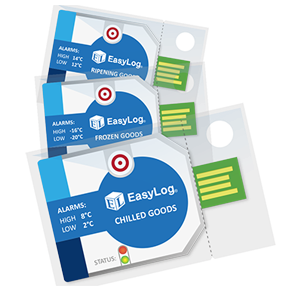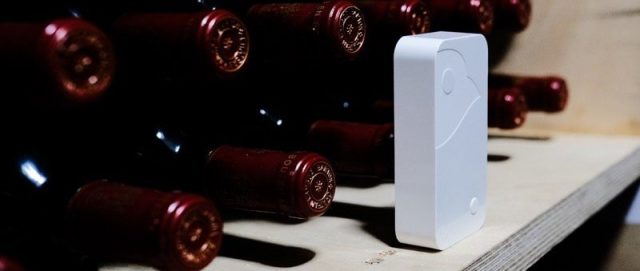What are data loggers?
What are data loggers, you may ask? Never heard of data loggers and would like to find out more? Fret not, in this article we will be explaining to you what data loggers are and how they can benefit you for your personal use or for your business.
Data loggers are versatile tools used to collect and store data in a wide range of applications. From industrial settings to laboratory experiments, data loggers are designed to measure, record, and store data points over a given period of time. With the ability to capture a wide variety of data, they are essential to many industries and essential to the research process.
Data loggers can be used to monitor pressure, temperature, humidity, and other physical properties. These devices are also used in automation and control systems to monitor and adjust the environment to maintain a desired level of performance. In industrial settings, data loggers are often used to monitor and track production processes. This can help facilitate quality control and provide a way to track performance.
In the laboratory, data loggers are used to helping researchers analyze the results of experiments. Data loggers can be used to measure and record physical properties such as temperature, pressure, and humidity, as well as chemical properties such as pH, conductivity, and oxygen levels. By recording data over a given period of time, researchers can accurately track the performance of their experiments and identify areas for improvement.
Data loggers are also used in environmental studies to measure and record air quality, soil moisture, and others.
What can data loggers measure?
To begin with, data loggers are electronic devices that monitor the different types of conditions in an environment be it outdoors, indoors, or in extreme temperatures. Data loggers can record a wide range of applications ranging from temperature, temperature, humidity, carbon dioxide, voltage, current, light, and events.
The data loggers are then used to record and store data over an extended time period and you would be able to analyze the data that has been collected via software which can be easily accessed by plugging the data logger into your laptop or pc. You also have the option to send your collected data to our cloud software so that you would not lose any data recorded.
Now that we know what data loggers can do and measure, we will be moving on to what type of data logger we should use. USB or WiFi connectivity?
USB or WiFi Data Loggers?
The two most popular types of data loggers are USB data loggers and WiFi data loggers. Both data loggers have their own benefits, but it all comes down to your personal preference and which type of data logger would suit your application.
USB Data Loggers
The first type of data logger that we would be talking about is Lascar Electronics USB data loggers. USB data loggers are not only convenient due to its size, but it is also very easy to use. Depending on your criteria you may even get a USB data logger with an LCD display to view your readings immediately.
Some of our USB data loggers have very simple functions to the extent where some USB loggers can be activated by a push of a button. These USB loggers have a recording memory of a little over 30,000 readings to a whopping 1,000,000 readings. By now, you must be thinking to yourself with all that memory there must be a downside to it right? Well, not exactly. In fact, our USB data loggers are very durable and are able to withstand being rugged, weatherproof and are used widely in harsh environments such as farms and cold chain freezers due to their IP67 rating.
WiFi Data Loggers
Next would be the WiFi data loggers, these WiFi loggers are specially designed and manufactured to make it more convenient as your data or readings can be accessed via web software or mobile app. They can also be placed at a designated location permanently as you would view the readings via your mobile app. Not to mention you would not be missing out on any information either as you would receive email notifications for low battery, temperature or humidity breaches and disconnection of device. These data and recordings can also be downloaded via the cloud.
Lastly, most of our WiFi data loggers are also IP67 rated which means similarly to the USB data logger they can withstand rugged environment and conditions.
Where should I use my data logger?
As mentioned in the above, data loggers can be used for many different types of application. Our data loggers can be used to track the temperature of your personal fridge to monitoring the temperature and humidity of a cold chain process. Some examples of how data loggers can be used are as follows:
- Temperature monitoring of vaccines in both storage and shipment
- Temperature monitoring of food that is stored and transported is still safe to consume
- Temperature and humidity monitoring of indoor and outdoor air quality
- Temperature monitoring of food processes such as baking or pasteurizing
- Automated temperature checks in medical and veterinary clinics
- Humidity monitoring of buildings to keep it safe from mould and dampness
If these data loggers could bring benefit to you, look no further than our range of wireless and USB data loggers. Feel free to contact our sales team who will be happy to assist you in helping you find the right data logger for your use.
DL Technology
+65 6592 5006






